ROTATION IN THE GOLF SWING – BOON OR BANE?
05.17.2024
A very experienced golfer recently said, “When I rotate correctly, I hit the ball well, otherwise I mis-hit it”, So I asked him to show me a swing with which he believed he rotated fully, and then one during which he did not. The differences were more in other body parts, while the shoulder rotation was identical! To “rotate” more, he lifted his lead heel and was loose with his arms, and when he had less shoulder rotation he tightened and restricted his arms’ motion.
It reminded me of a national-level coach way back in the day in India who told me to rotate as much as I could. The result – terrible shanks that it took me ages to cure! I have sacrificed a major portion of my playing and teaching careers on the altar of that great god of the golf swing – Rotation! Coil-and-recoil. Turn-and-re-turn. All phrases that golfers are probably weaned on.
I often wonder what the antecedents of rotation in the golf swing could have been. Perhaps it began with a shepherd trying to knock an uncooperative pebble into a small dent in the ground. In great frustration, he might have taken a mighty whack at the pebble and the rest is history! When the pebble actually moved further than the few feet it previously had. Of course any big, unconsciously-generated whack involves moving every body part (much like modern long drivers’ swings). And thus began the days of moving everything. This general motion was then adopted by everyone, and it began to be believed that the rotary portion of the backswing is what matters most.
Golfers have always had a penchant for accepting a do-this-do-that and try-this-try-that approach to the swing. With such a compliant mentality, all types of movements are recommended with insouciance! Someone tries it out, it succeeds temporarily, and hey presto, it becomes the new great thing to achieve in the golf swing! No-one seems to care to understand more by asking questions. In the case of torso rotation, the questions might be:
- Where should the rotation come from?
- Does the human body have muscles to perform torso rotation?
- Is it easy to undo backswing rotation?
- Is all this spinal rotation necessary?
- What are the repercussions of excessive rotation?
- How much rotation is adequate?
- What is the scientific solution for appropriate rotation?
This is the only place where you can get all of the above questions answered – in a scientific manner!
Where should the rotation come from?
If we are required to rotate only the thoracic spine (as we are told to by the X-factor pundits), we have muscles that can do it efficiently from an upright standing posture. When we bend forward into a golf posture (as we are expected to), some inevitable side-bend gets incorporated, and twisting or axial rotation is reduced (study these papers to learn more: Sugaya, T. et al. (2016). Relationship between spinal range of motion and trunk muscle activity during trunk rotation; Nairn, B.C. & Drake, J.D.M. (2014). Impact of lumbar spine posture on thoracic spine motion and muscle activation patterns).
The picture below, from the former study, demonstrates an upright lumbar spine with only thoracic twisting on the left and a flexed lumbar spine along with thoracic twisting on the right. This latter has a reduced range of twisting motion and some side-bend instead.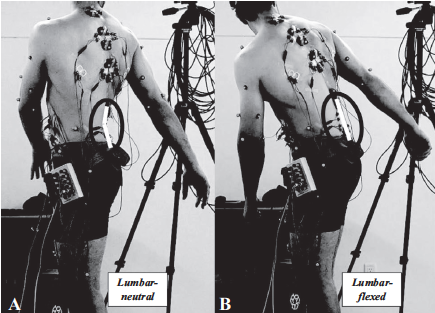
So where do we try to get more rotation from to make a shoulder-turn of at least 90°? Rotate the lumbar spine? Rotate the pelvis? Kick in the lead knee? Lift the lead heel? Try some foot-pressure shifts to free up some body parts? Lift the trail torso? Move the head a bit? Move the arms behind the body slightly? Combining elements of all of the above will certainly help shoulder rotation.
But what a mess! Can it all be undone in correct ground-up sequence? In, as I’m always saying, the 1/3rd second or less that the downswing lasts?
This, golfers, is precisely why the golf swing has been referred to as ‘one of the most complex biomechanical movements to make’.
Does the human body have muscles to perform torso (thoracic) rotation?
In the Nairn and Drake study mentioned above, muscle activity levels were measured using electromyography for the expected muscles of rotation – the abdominal muscles (external oblique, internal oblique/transversus abdominis and rectus abdominis) and two rear-side muscles (latissimus dorsi and lumbar-level multifidus).
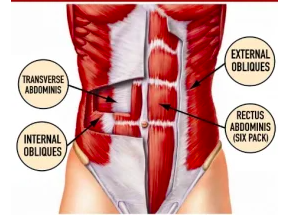
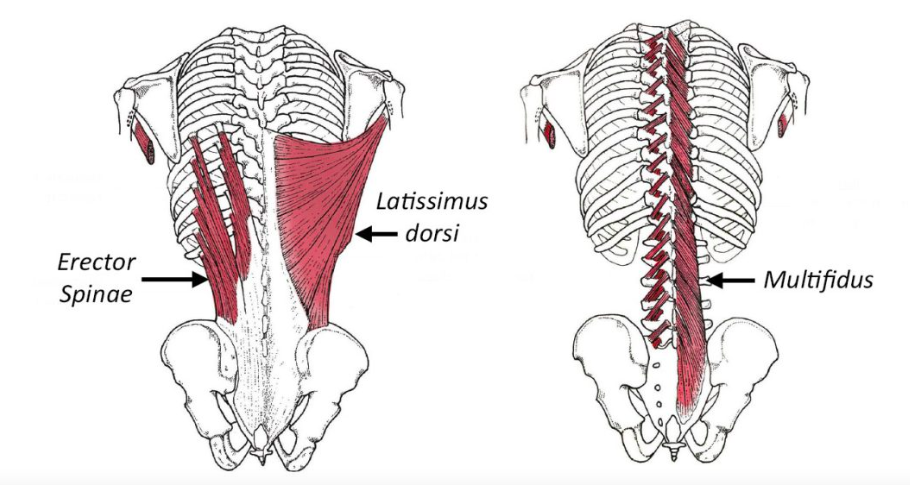
The results of the study indicated that the right-side (trail side in golf) external oblique and latissimus dorsi were most active during thoracic rotation to the right (as made in the golf backswing of right-handed golfers) while the posteriorly-located multifidi that run across a few-vertebrae-at-a-time, do not have much activity at all.
How then can one expect to untwist after having twisted every single thoracic and lumbar vertebra individually, one over the other, during the backswing? Such individual-level vertebral twisting cannot easily be undone in the downswing, bone-by-bone.
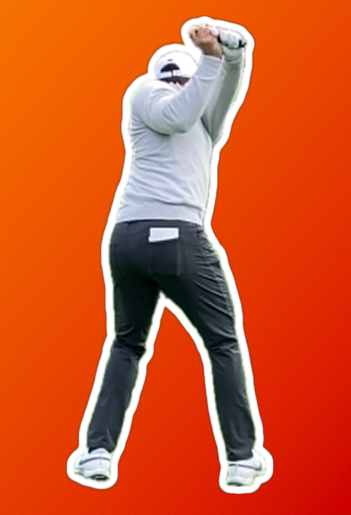
There is no time for such individualized movement and the small muscles of spinal rotation (multifidi and other muscles of the transversospinalis group) have more of a stabilizing than movement-related role.
All this ignoring the fact that some backswing side-bend is inevitable and must be undone too (see the rear-view picture of Rory’s driver swing above to better understand all that I have described in this section)!
Is it easy to undo typical backswing ‘rotation’?
It is not easy to undo the desired 90° plus of backswing torso rotation, which involves many body-part movements to achieve. Whereas the human brain is very good at controlling performance of even the most complex movements with repetition, it can all unwind (pun intended) and be ‘messed up’ in the blink of an eye. Just look at how even the best players in the world are undone (once again, pun intended) under pressure.
Even though the brain does not send messages to individual muscles but rather to muscle groups, there are still very many that require separate commands to move, because simple motor control strategies such as using gravity or dynamic balance are not always possible to use.
The strategies of using gravity or dynamic balance might be adequate for the easy-to-achieve over-the-top or early-extension type motions respectively. However, they there are not suitable for the more sophisticated from-the-inside motion, which requires voluntary downswing compensations to achieve.
Is all this spinal rotation really necessary?
Some degree of ‘rotation’ is important to create a stretch-shortening cycle that stretches muscles during the backswing and allows them to contract more forcefully in the downswing.
However, Dr. Stuart McGill, world-famous biomechanist has researched golfers for decades and said that golfers are elastic athletes. They generate a small pulse of energy prior-to, and at, impact, from the trail-side gluteus maximus and external oblique respectively. His DVD/Vimeo-video (The New Science of Golf) is a must-watch for any serious golfer https://vimeo.com/ondemand/newscienceofgolf. If all that is required is a small pulse of energy close to impact, why have a large and excessive backswing rotation?
Below is a picture of Dr. McGill from his video comparing the golf impact motion to Bruce Lee’s one inch punch. “The arm is extended out, the core is braced, and the punch is tight and short and brisk. It’s not all travel.”
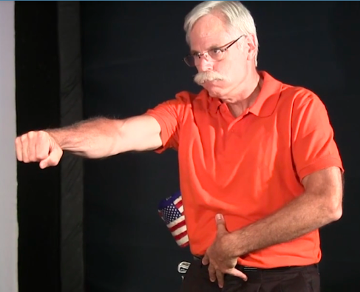
What are the repercussions of excessive rotation?
The repercussions of excessive torso-rotation are seen in both performance and in injury risk increases.
It is difficult to perfectly synchronize (anatomically speaking, and not based on the typically-discussed swing plane) arm-motion with excessive body-motion, so downswing movements can be very inconsistent.
How much rotation is adequate?
Some rotation is indeed required as mentioned previously. However, maximal backswing spinal rotation is inappropriate and becomes complicated because of the forward posture golfers establish. Rather, one only need twist/rotate the front of the torso using the abdominal muscles, and mainly in the thoracic or rib-cage region.
What is the scientific solution for appropriate rotation?
The solution? The required thoracic rotation should ideally be generated by moving the arms appropriately behind the body (without the typical ‘flatness’ that accompanies such a move) in the backswing.
The arms are moved into a position that uses the very-important trail side external oblique and the interdigitated (interlaced muscle fibers) latissimus dorsi and serratus anterior muscles to push-back the upper-torso. This way the arms and torso always remain in synch and the arms drop easily down into the ‘slot’.
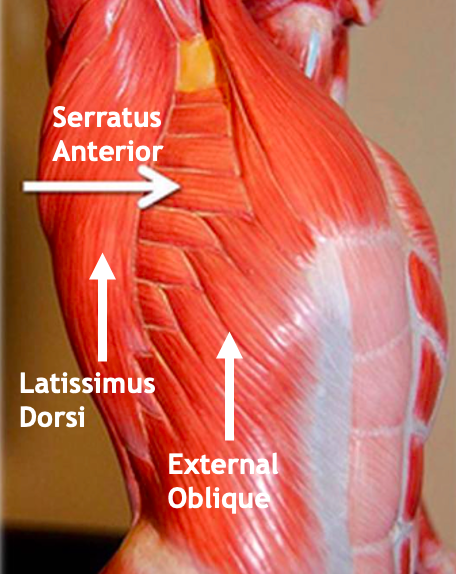
Such a backswing ensures a just-right and rather minimal amount of thoracic rotation, adequate enough only to provide a brief pulse of energy close to impact.
Finally, the ‘rotation’ should happen in as horizontal a plane as possible. That is achieved through having an as-upright-a-posture as possible, so that it is never corrupted by side-bend.
The precise movement of the arms in the backswing, as well as the set-up required to support it, have finally been understood by me through over 30 years of research and experience. The only way to learn how is through some in-person or on-line lessons.
Whether you’d like to better understand the theory behind the Minimalist Golf Swing or improve your own swing, get in touch through the contact section of YourGolfGuru.com to book lessons. You’ll get not just a golf lesson, but one that is backed by 35 years of experience, 30 years of research and 8.5 years of graduate education in kinesiology as well.


